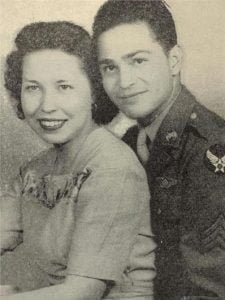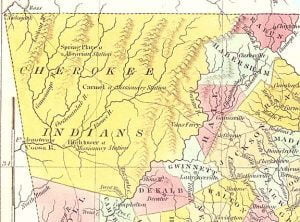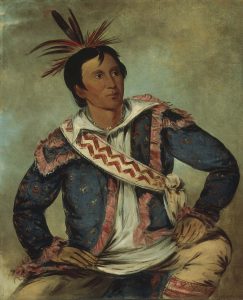Kataba Indian Tribe
Kataba is a derivative for Cawtaba, so the following information is referencing the Cawtaba Indians. The Kataba Indians of North and South Carolina are mentioned here only incidentally, as they do not appear to have had much intercourse with any Maskoki tribe. The real extent of this linguistic group is unknown; being in want of any vocabularies besides that of the Kataba, on Kataba river, S. C., and of the Woccons, settled near the coast of N. C.




